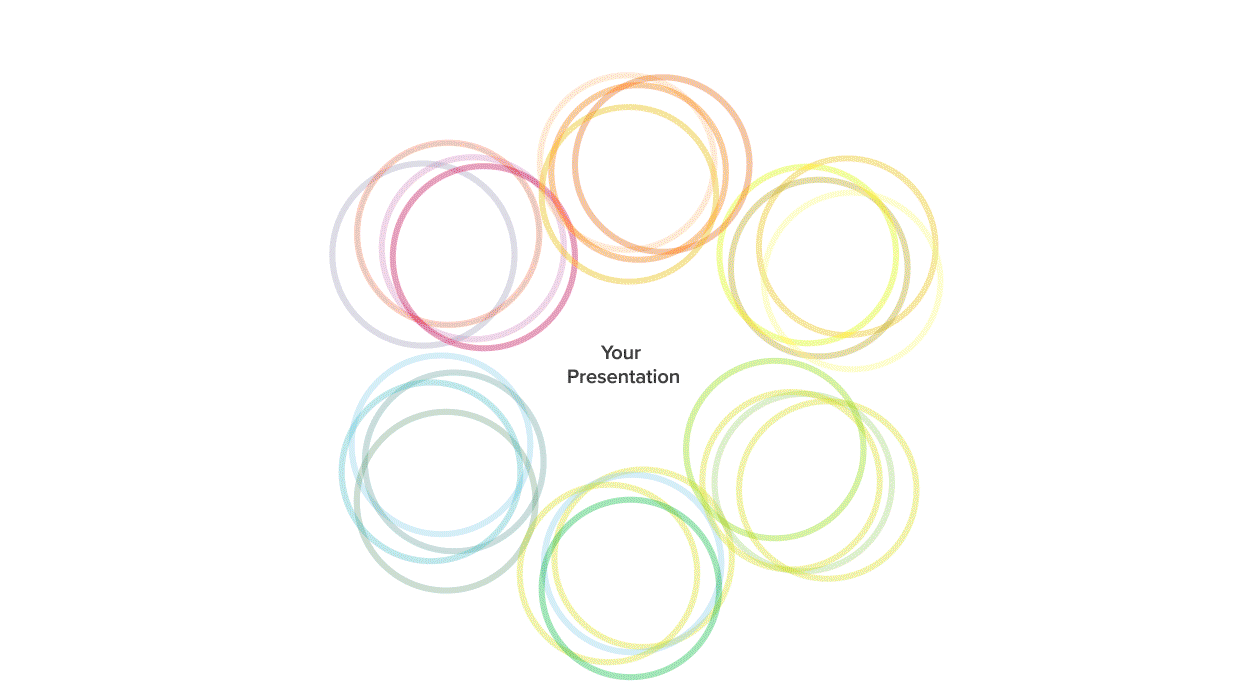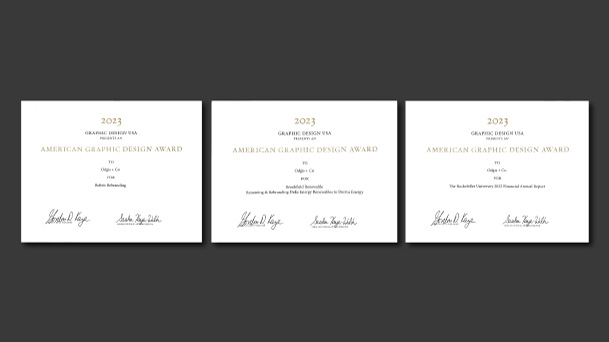Secrets to a Perfect Pitch Deck
2/24/2021
Countless hours are spent seeking out new opportunities, developing new products, and bringing new ideas and concepts to life. However, professionals tend to spend far less time refining and designing pitch decks to interested clients and investors. The pitch deck is typically a PowerPoint presentation that tells your story and clarifies your process and value to your potential stakeholders.
2. Digital Infographics
3. Digital Graphics
4. A Map
5. Charts prototypes
6. Diagrams prototypes
7. Tables prototypes
8. Icons
Your branded presentation template should be designed to incorporate your unique content and be consistent in look and tone whenever it's used. It should highlight your business’s core values which will help your audience better understand who you are and what you represent. Having a perfect pitch deck is a critical, invaluable tool to making your company look buttoned up and professional.
First impressions matter. Meaningful design and storytelling techniques, can help you patent new products, close billion-dollar business deals and elevate your game.
By Janet Odgis
Read this article on LinkedIn.
Odgis + Co is an award-winning brand design studio based in New York City. For 30 years, Janet Odgis has worked with some of the world's most prestigious corporations reinventing ways to define and express their brands. She is a contributer to HuffPost and shares articles on LinkedIn.
What are the benefits of a branded presentation template?
1. Engagement
Compelling content that is well-presented will engage prospects faster. When the slides are arranged in the way that makes the story flow, your stakeholders will be more interested to follow the presentation.2. Efficiency
Short timelines are a reality in today’s business. Having a template is easier to work with – without having to start from scratch.3. Clarity
There is no better way to showcase a strong company culture than by establishing transparency and authenticity from the first slides.4. Professionalism
Your pitch deck should translate how your company is connected. Having a strong brand is essential to maintaining a high level of credibility.5. Memorability
Carefully selected colors, animations, illustrations, and infographics can really break the mold of traditional copy-heavy presentation decks.6. Value
With a branded presentation template, you will be able to update presentations with ease, saving you hours of editing.How the process of creating a pitch deck presentation works:
1. Discovery:
Gather the information you wish to include in the presentation deck and get an understanding of the resources you already have.2. What Works:
If you have access to any historical data, such as insights or old presentations, you may use your own discretion and other people’s feedback to determine what’s working and what isn’t.3. Needs:
As a team, set the goals and objectives you wish to achieve. In order to make the most out of your pitch deck presentation, you must make your point clear.4. Layout:
Design the presentation to work with your content. Select a few key slides that should be in all presentations. Then, look at several concepts before you decide on a direction. Along the way, work with your team to get feedback.5. Approval:
Once the layout is approved, templates should be implemented into PPT and/or Word formats, if needed.6. Testing & Roll-out:
The final files should be tested across platforms and program versions before being handed over to your team. Additional training might be appropriate.A presentation deck should include:
1. Slide Template so that all your presentations are aligned visually with your brand2. Digital Infographics
3. Digital Graphics
4. A Map
5. Charts prototypes
6. Diagrams prototypes
7. Tables prototypes
8. Icons
Your branded presentation template should be designed to incorporate your unique content and be consistent in look and tone whenever it's used. It should highlight your business’s core values which will help your audience better understand who you are and what you represent. Having a perfect pitch deck is a critical, invaluable tool to making your company look buttoned up and professional.
First impressions matter. Meaningful design and storytelling techniques, can help you patent new products, close billion-dollar business deals and elevate your game.
By Janet Odgis
Read this article on LinkedIn.
Odgis + Co is an award-winning brand design studio based in New York City. For 30 years, Janet Odgis has worked with some of the world's most prestigious corporations reinventing ways to define and express their brands. She is a contributer to HuffPost and shares articles on LinkedIn.



